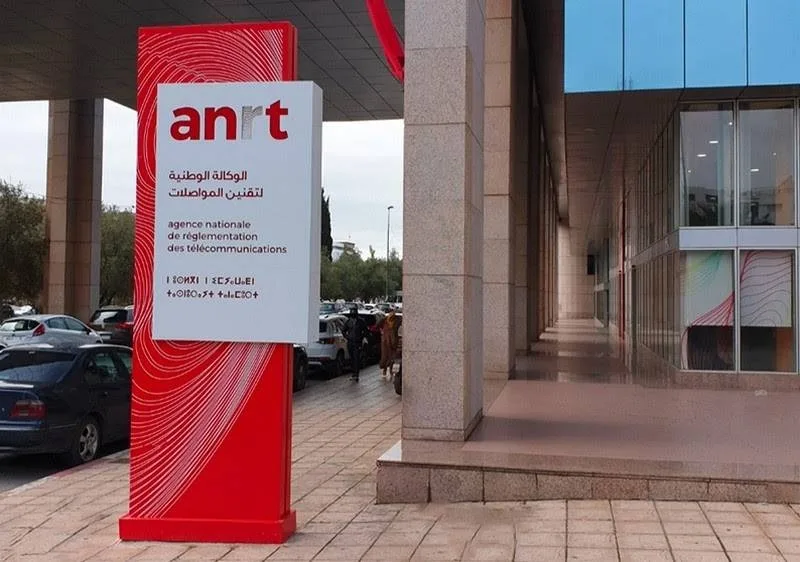Doha – Moroccos National Telecommunications Regulatory Agency (Annt) made a groundbreaking decision on March 4, in which telecommunications operators had to share their fiber optic frastructure.
The decision, known as DG/05/2025, is investigating new technical and pricing guidelines for the joint use of the infrastructure among the three main operators of the country: Maroc Telecom, Orange and Inwi.
The operators can work in two different capacities as part of the new framework: as an infrastructure operator (IO) or Commercial Operators (CO).
Infrastructure operators have to rent their networks to competitors, while retail operators can offer services using the infrastructure of their competitors, also in areas where they lack their own network coverage.
The regulation prescribes infrastructure operators to ensure non-discriminatory access and to publish their price structures, including after-sales services.
In order to optimize the processes, the decision requires the implementation of web services to automate processes between infrastructure and commercial operators, especially for ordering and supporting after-sales.
This initiative aims to avoid the previously experienced complications that are applied with the common use of Copper Network (ADSL) and the optical supplies are accelerated in Morocco.
The decision shakes the decades of current market Dominance by Maroc Telecom, the historical operator.
This shift comes as Mohamed Benchaaboun Take the helmThe successor to Abdeslam Ahizoune, whose 27-year term was affected by allegations of contrary practices and monopolistic control, which disabled the sectoral growth.
Read too: Morocco accelerates technical studies on the infrastructure to prepare for the 2030 World Cup
Inwi has already taken the lead in the implementation of these changes and opened access to its FTTH infrastructure (fiber to the home) for the competitors on March 13. The other operators are expected to follow immediately.
The regulatory change corresponds to the digital 2030 in Morocco strategyWhich will be aimed at increasing households for fiber powers from 1.5 million in 2022 to 5.6 million by 2030.
Fiber subscribers are currently less than a million. The initiative is supported by significant investment plans of a total of 20 billion US dollars (2 billion US dollars).
While the current pricing of the end users of Anrt remains regulated, the industry sources indicate that gradual price reductions are expected if the network coverage expanded and infrastructure investments are optimized.
The sharing mechanism is intended to prevent redundant infrastructure investments in the same areas, so that the operators concentrate on different zones and at the same time share the availability of service by infrastructure.
The decision also paves the way for the coming 5G network Provision that requires a robust fiber optic infrastructure. Industry observers expect 5G announcements during the upcoming Gitex Africa Event in Marrakensch next month.
From February, all operators have published their new technical and price offers on their respective websites that meet the requirements of Anrt.
The measure is expected to improve the competition, expand national reporting and finally lead to more competitive prices for consumers, while the considerable infrastructure investments planned for the sector are optimized.





